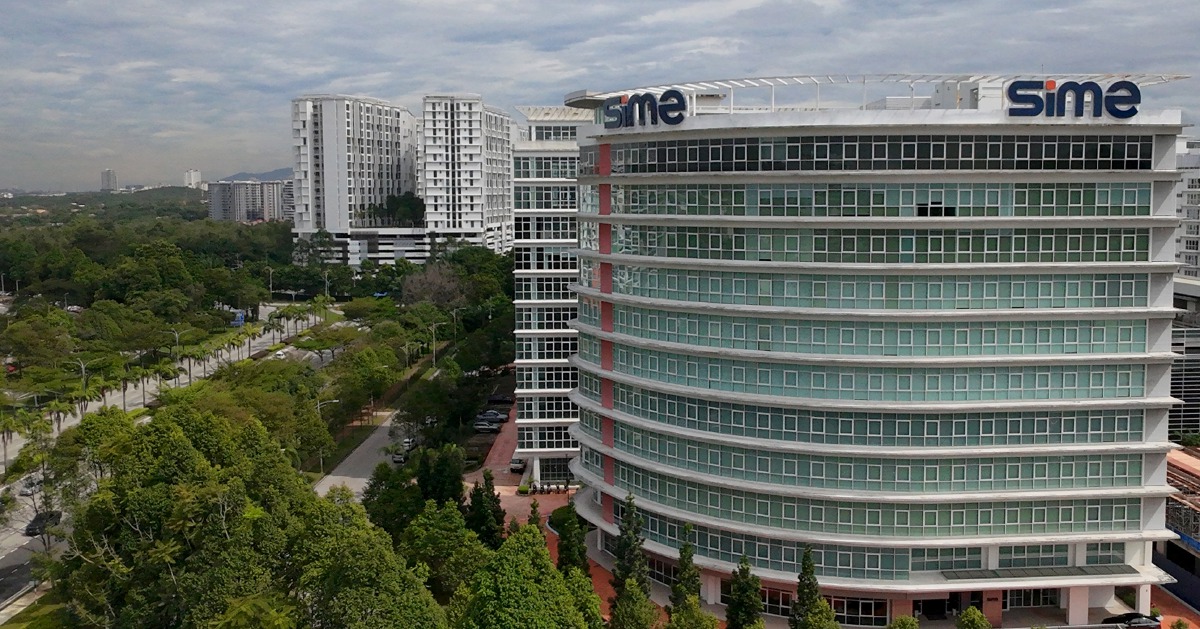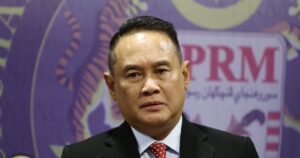KUALA LUMPUR: Sime Darby Bhd’s net profit for the fourth quarter ended June 30, 2025, surged more than eightfold to RM763 million from RM89 million, lifted by a RM443 million land disposal gain, stronger contributions from its UMW division and lower borrowing costs.
Revenue for the quarter slipped 5.53 per cent to RM17.80 billion from RM18.84 billion previously, despite UMW’s topline rising 63.16 per cent to RM279 million from RM171 million a year earlier, the group said in a filing with Bursa Malaysia.
Sime Darby declared a second interim dividend of 10 sen per share, payable on Sept 30. This brings the total dividend payout for the financial year ended June 30, 2025 (FY25) to 14 sen a share or RM954 million.
For the full year, net profit fell 37.58 per cent to RM2.06 billion from RM3.30 billion, due to the absence of a one-off RM2 billion gain from the sale of its healthcare business in FY24. Annual revenue, however, increased 4.48 per cent to RM70 billion against RM67 billion.
Group chief executive officer Datuk Jeffri Salim Davidson said the performance demonstrated the resilience of Sime Darby’s portfolio despite tough market conditions, particularly slower growth and stiffer competition in China‘s automotive sector.
“However, electric vehicle (EV) sales have been on the rise in Singapore, benefitting its number one EV brand BYD. Tractors Malaysia, which retails and maintains Caterpillar equipment, also delivered improved profitability from higher parts sales with better margins and data centre projects,” he said.
He added that while Industrial Australasia was affected by lower parts prices and a weaker Australian dollar, it remains the division’s largest contributor and is well positioned to benefit from Australia’s expanding resources industry.
“With Sime UMW, we have been able to tap into the strength of the two leading automotive brands in Malaysia, namely Perodua and Toyota,” he said, noting that the group has delivered steady growth in the seven years since its demerger.
Jeffri said Sime Darby has taken proactive steps to optimise inventory, reduce costs, streamline operations, improve operating cash flow and strengthen its balance sheet.
“While there continue to be headwinds, we are in a solid position to maintain our strong market position and drive sustainable growth,” he added.
© New Straits Times Press (M) Bhd





